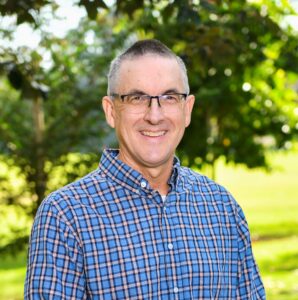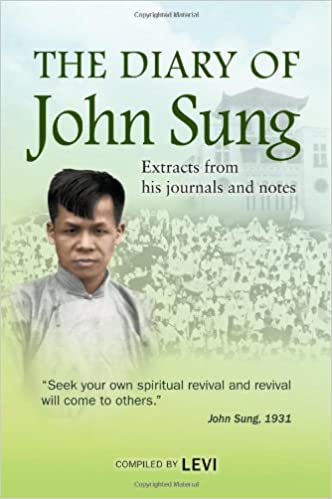The entire autumn 2021 ChinaSource Quarterly was a joy to read, but Stacey Bieler’s article “American Friendships with Chinese Students, 1847–1930” especially resonated with me based on my love for learning about the history of the presence of Chinese students and scholars in the US. I am always intrigued by dates, so I realized that 1930 is a significant date in Chinese history. Thinking about 1930 also prompted me to remember that perhaps the most fruitful “returnee” in Chinese history was launching his ministry around that time. As another article notes, returnees are indeed a “strategic group.”
That returnee’s name was John Song (Song Shangjie in hanyu pinyin). Considerable information about Song (often known as Sung in the West) has surfaced in the past 15 years after the miraculous discovery of his diaries which had been taken from his family during the Cultural Revolution, then lost, then found again. One of his daughters published extracts from his diary and notes in 2012.1
Song arrived in the US to study at Ohio Wesleyan University in 1920 and experienced financial hardship and loneliness as many international students do. His diary notes that an American Christian family made “an indelible impression on him” during his undergraduate years.2 Like many international students, Song was brilliant and hard-working, and he completed a four-year bachelor’s degree in three years. He then enrolled at Ohio State University and earned a master’s degree and a PhD in chemistry in only three years.
Song decided that he needed theological training and enrolled at Union Theological Seminary (UTS) in New York City. He was impacted by liberal theology at UTS and had a crisis of faith, but he went with several friends to an evangelistic gathering and was convicted by the preaching of a 15-year-old girl. Song returned four times to hear her and “resolved to pursue the New Life” a few weeks later.3 The Spirit-filled Song began to witness to his professors and fellow students at UTS. UTS’s leadership thought he was experiencing an emotional meltdown and had him committed to a mental hospital where he stayed for 193 days. During his stay, he read through the entire Bible 40 times.
After his release from the hospital, Song immediately returned to China, arriving in late 1927. He began to preach at revival meetings in his native Fujian province. Song preached tirelessly and became well-known for his demonstrative style, emphasis on repenting of sins, hymn-singing in the middle of sermons, and the use of props, such as a coffin. By the mid-1930s, he began to travel throughout Southeast Asia so he could preach to diasporic Chinese in the Philippines, Singapore, Malaysia, Indonesia, and Thailand. His diary lists three trips to “Nanyang” in the late 1930s and gives details about huge crowds and revival occurring. Amazingly, Song preached multiple sermons each day to huge gatherings of people while often experiencing intense pain from intestinal tuberculosis. He lost his battle with the disease in 1944 and passed away at the age of 42.
I have heard Song called the “Billy Graham of the Chinese-speaking world.” His legacy has lived on through numerous churches that began after his revival meetings. I have encountered Song’s legacy several times as I have spoken at churches and mentioned Song as one of the best examples of a strategic international student and fruitful returnee. After I spoke at a Chinese church about 15 years ago, a Chinese Malaysian man came up to me afterward and was excited to tell me that his father heard Song preach in his town in Malaysia in the late 1930s and his entire family began to follow Jesus. After I shared at an Indonesian church about ten years ago, I met an elderly Chinese Indonesian man who remembered Song’s visit to his town as a child. He also told an amazing story recounted by his father. Song, preaching in Chinese, corrected his Indonesian interpreter despite not knowing Indonesian! It was seen as a miracle by those who were in attendance and evidence of Song’s anointed preaching.
Remembering Song’s story and others mentioned by Bieler helps motivate me to press ahead despite the pandemic and other challenges. One life can impact so many others!
For more about John Song, see BJ Arthur’s review of John Song: Modern Chinese Christianity and the Making of a New Man by Daryl R. Ireland.
Endnotes
Image credit: Unknown author, Public domain, via Wikimedia Commons. John Song is on the left.

Andy Pearce
Andy serves as Director of Church Partnerships for International Students, Inc. He has ten years experience as a high school math teacher and worked for four years as a textbook sales representative. Andy and his wife, Sandy, have welcomed Chinese scholars to California Institute of Technology for more than 20 …View Full Bio
Are you enjoying a cup of good coffee or fragrant tea while reading the latest ChinaSource post? Consider donating the cost of that “cuppa” to support our content so we can continue to serve you with the latest on Christianity in China.
